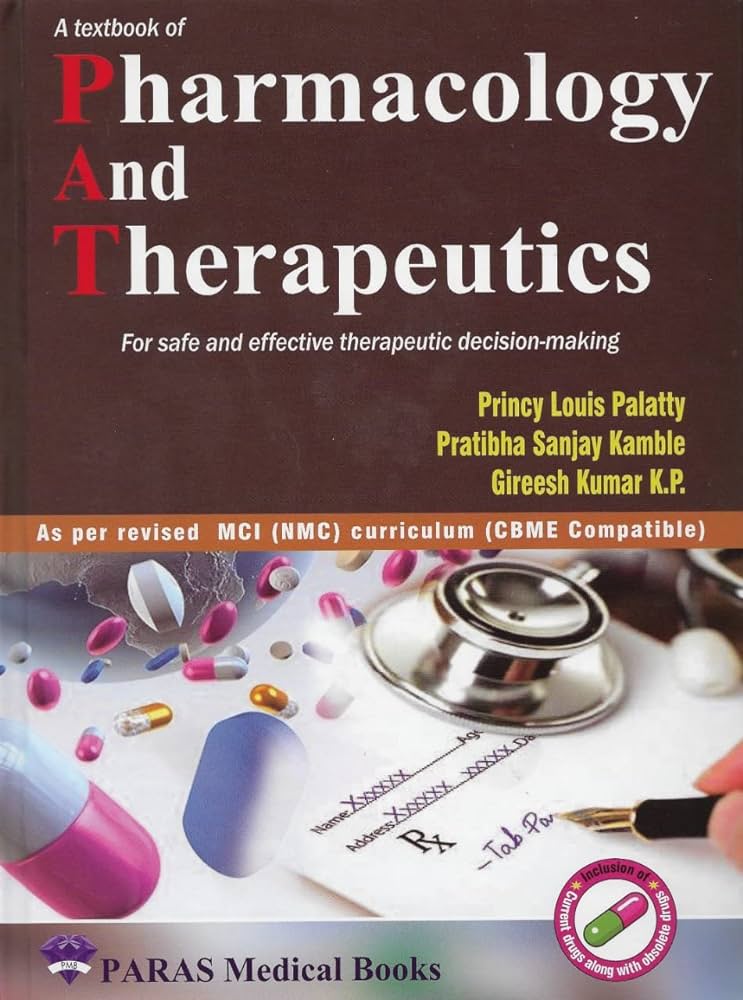Neutrophil Extracellular Traps (NETs) as drivers of atherosclerosis: Pathogenic mechanisms and therapeutic opportunities
IF 12.5
1区 医学
Q1 PHARMACOLOGY & PHARMACY
引用次数: 0
Abstract
Cardiovascular diseases (CVDs) are the leading cause of death globally. The primary pathological process underlying CVDs is atherosclerosis, a chronic lipid-driven inflammatory condition that results in the narrowing of medium- and large-arteries due to a build-up of fibrofatty, leukocyte-rich plaques. Adverse clinical outcomes are usually a result of plaque erosion or rupture which result in acute luminal thrombosis with ensuing tissue ischaemia. Immune cell infiltration and the associated inflammation are recognized as key drivers of the development of unstable plaques. Whilst the role of macrophages, dendritic cells, T- and B-lymphocytes are extensively documented in the progression of atherosclerosis, the role of neutrophils, which are the dominant leukocyte subset in humans, is relatively understudied. Interestingly, studies in the last decade have shed light on the critical role of neutrophil extracellular traps (NETs) in mediating inflammasome activation, plaque progression, and adverse clinical outcomes. NETs are complex extracellular DNA structures released by neutrophils undergoing death by a specialized process of NETosis. This review will comprehensively examine the key drivers of NETosis in atherosclerosis, mechanisms of NET clearance, the pathogenic role of NETs in plaque progression, and finally novel pharmacological approaches to target NETs to prevent atherothrombosis and its associated clinical complications.
中性粒细胞胞外陷阱(NETs)作为动脉粥样硬化的驱动因素:致病机制和治疗机会
心血管疾病是全球死亡的主要原因。心血管疾病的主要病理过程是动脉粥样硬化,这是一种慢性脂质驱动的炎症,由于纤维脂肪和富含白细胞的斑块的积聚,导致中大动脉狭窄。不良的临床结果通常是由于斑块侵蚀或破裂导致急性腔内血栓形成和随后的组织缺血。免疫细胞浸润和相关炎症被认为是不稳定斑块形成的关键驱动因素。虽然巨噬细胞、树突状细胞、T淋巴细胞和b淋巴细胞在动脉粥样硬化进展中的作用被广泛记载,但中性粒细胞(人类白细胞的主要亚群)的作用却相对缺乏研究。有趣的是,过去十年的研究揭示了中性粒细胞胞外陷阱(NETs)在介导炎性体激活、斑块进展和不良临床结果中的关键作用。net是一种复杂的细胞外DNA结构,由中性粒细胞在死亡过程中通过NETosis的特殊过程释放。本文将全面探讨动脉粥样硬化中NETosis的关键驱动因素,NET清除的机制,NET在斑块进展中的致病作用,以及针对NET预防动脉粥样硬化血栓形成及其相关临床并发症的新药理学方法。
本文章由计算机程序翻译,如有差异,请以英文原文为准。
求助全文
约1分钟内获得全文
求助全文
来源期刊
CiteScore
23.00
自引率
0.70%
发文量
222
审稿时长
90 days
期刊介绍:
Pharmacology & Therapeutics, in its 20th year, delivers lucid, critical, and authoritative reviews on current pharmacological topics.Articles, commissioned by the editor, follow specific author instructions.This journal maintains its scientific excellence and ranks among the top 10 most cited journals in pharmacology.

 求助内容:
求助内容: 应助结果提醒方式:
应助结果提醒方式:


